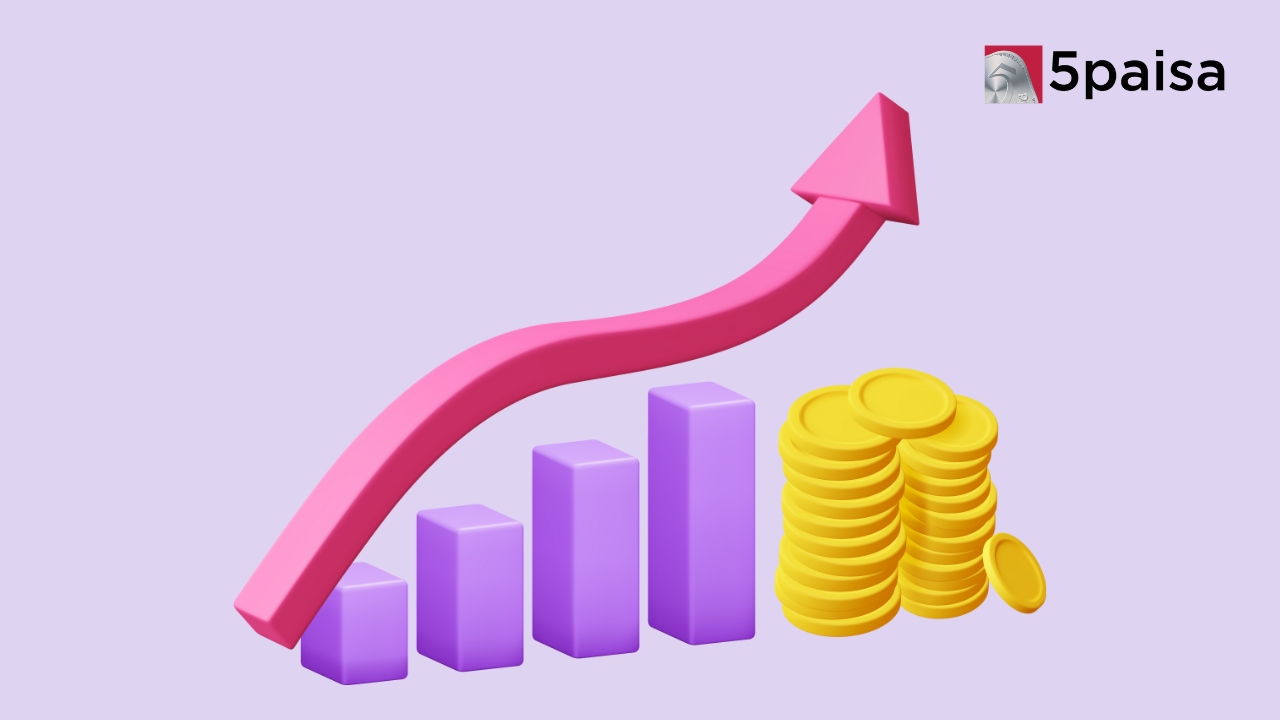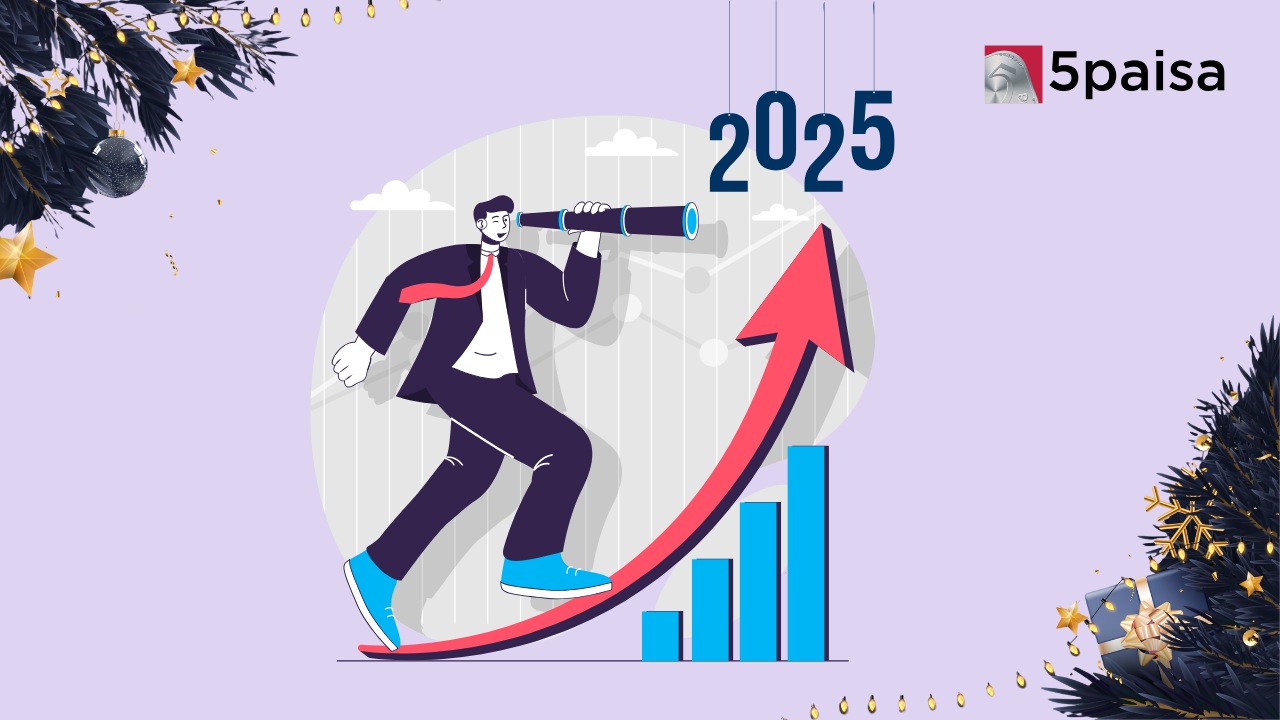Why Just Chasing Returns can be Harmful to Your Goals?

Last Updated: 16th March 2023 - 05:40 pm
When you are planning your long term goals, your obvious assumption will be to maximize returns. That is because returns have a compounding effect on your wealth. Over a longer period of time, this advantage gets accentuated. Check out the illustration below.
|
Investment |
Tenure |
CAGR Return |
Monthly SIP |
Total Outlay |
Final Value |
Wealth Ratio |
|
Equity Fund |
25 years |
12% |
Rs.5,000 |
Rs.15.00 lakh |
Rs.94.88 lakh |
6.33 times |
|
Equity Fund |
25 years |
13% |
Rs.5,000 |
Rs.15.00 lakh |
Rs.113.57 lakh |
7.57 times |
|
Equity Fund |
25 years |
14% |
Rs.5,000 |
Rs.15.00 lakh |
Rs.136.36 lakh |
9.09 times |
|
Equity Fund |
25 years |
15% |
Rs.5,000 |
Rs.15.00 lakh |
Rs.164.20 lakh |
10.95 times |
|
Equity Fund |
25 years |
16% |
Rs.5,000 |
Rs.15.00 lakh |
Rs.198.26 lakh |
13.22 times |
You can see how the wealth ratio jumps up sharply with every percentage increase in returns. It is not surprising that most investors tend to chase returns quite aggressively. While that is understandable, it needs to be remembered that such actions can be harmful to your long term goals. While high returns can make a difference, there are four key factors to consider.
1. First reference point must be quality of returns
Quality of returns is all about sustainability. For example, you can enhance your returns over a 3 year period by latching on to a fad like banking funds, commodity funds or IT funds. But such cyclical and thematic stories do not sustain and tend to lose value as aggressively as they gain. The whole logic of quality of returns stems from diversification. If you want to reach your goals with a greater degree of assurance, quality of returns matter. At the short end, liquid funds have better quality of returns than liquid-plus funds. Similarly, income funds have better earnings quality than credit-risk funds.
2. Second reference point must be risk entailed
Once quality of returns is managed through diversification, the second step is to focus on risk. Is risk not handled by diversification? That is just part of the risk. The biggest risk in reaching your goals is the maturity risk. For example, you cannot take the risk of G-Sec funds or credit risk funds for your short term needs over the next 1-2 years. Here liquid funds will best meet the criteria. For medium term goals up to 5 years, liquid funds may be inefficient and equity funds may still be risky. The best way to reduce volatility is to focus on income funds, MIPs or balanced funds with focus on blue-chip equities. At the long end beyond 7-8 years, the biggest risk is not taking sufficient risk. Here the focus must be on making money grow with calibrated risk. That means; diversified large cap funds, index funds and multi-cap funds are acceptable, not sector and thematic funds.
3. Third reference point must be liquidity
High returns are great but if liquidity cannot be made available when required then the very purpose of goal planning is defeated. For example, when you plan for your child’s future over the next 20 years, you must plan liquidity for milestone payments in between. The same applies to your retirement goals. You cannot suddenly realize that you are retiring in a bear market and so investment values are down 20%. That planning and gradual shift to debt and liquids must begin in advance.
4. Fourth reference point must be tax efficiency
For your plan to effectively move towards your goals, you must focus on tax efficiency. Taxes can shave off a big part of your returns and actually make your goals out of context. For example, if you had started equity fund SIP in 2014, you would have been in for a shock in 2018 when long-term capital gains were taxed. That would straight away shave off 10% from your target corpus. Similarly, you need to make a tax efficient choice between dividend plans and growth plans. Dividend plans on debt funds attract 29.12% tax (inclusive of cess and surcharge). You would be better off structuring withdrawals in the form of systematic withdrawal plans (SWPs).
Reaching goals is all about optimization
The moral of the story is that just chasing returns to reach your goals can be awfully counter-productive. A better way is to optimize your goals. That actually means 2 things.
-
Define your target return and minimize your risk for the given level of return
-
Define the risk you are willing to take in terms of volatility and calibrate your return expectations accordingly
This is the basic framework for you to reach your goals. If you take care of liquidity and post-tax returns, then you are surely in business.
- Flat ₹20 Brokerage
- Next-gen Trading
- Advance Charting
- Actionable Ideas
Trending on 5paisa
Indian Stock Market Related Articles
Disclaimer: Investment in securities market are subject to market risks, read all the related documents carefully before investing. For detailed disclaimer please Click here.
 5paisa Research Team
5paisa Research Team
 Sachin Gupta
Sachin Gupta




